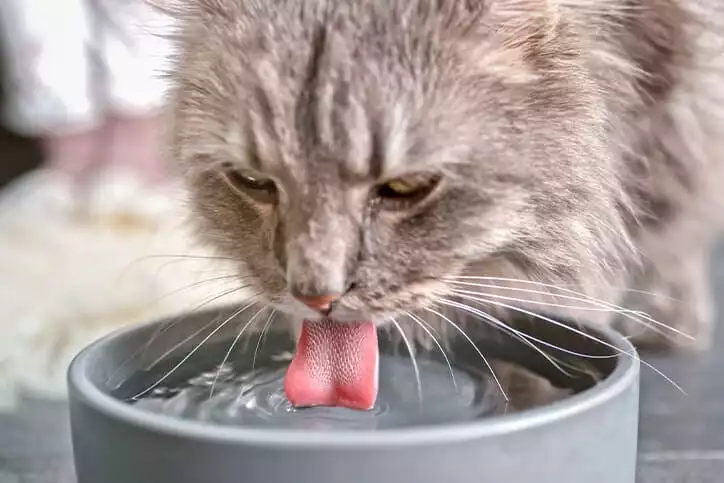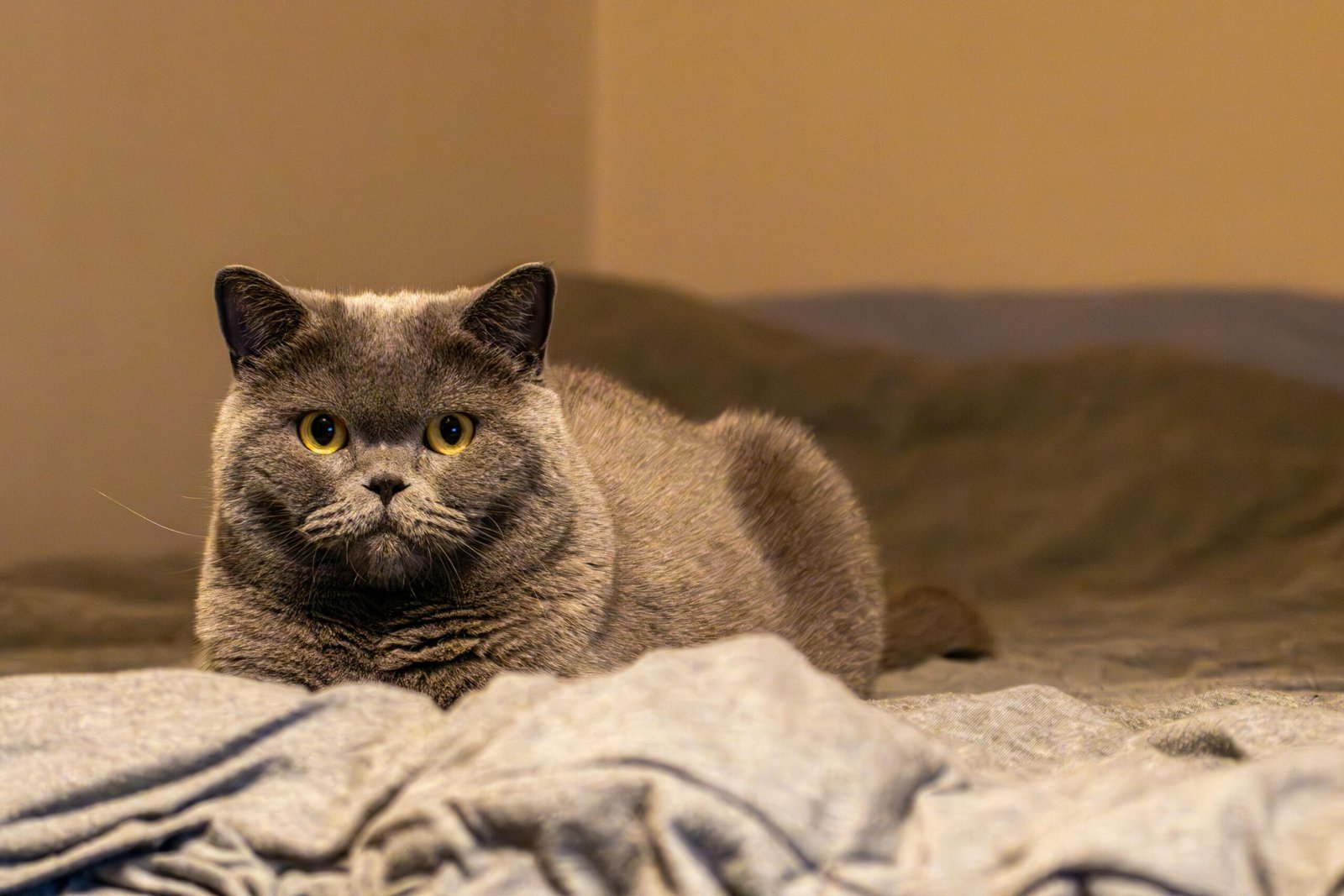Understanding Cat Behavior: Do They Know When They Misbehave? Last Updated on 22 Jan 2025, Care Kitties As cat owners we wonder …
Is Your Cat Drinking Enough Water? Signs & Solutions
Cat drinking enough water is essential for a cat’s overall health. Like all living things, cats must have this basic element to support the functions of many vital organs. Water is a key player in regulating the cat’s body temperature, digesting food (though this is mainly the job of the stomach and pancreas), and eliminating waste (with the help of the intestines, kidneys, and bladder). Given that a cat’s natural diet historically consisted of prey that was not only a good source of nutrition but also high in moisture, many cats have evolved to conserve water well. But the need for fresh water remains a constant in every cat’s life. Cats that do not drink enough of it are more likely to suffer from a variety of serious health problems, particularly those that affect the kidneys and urinary tract.
Possible Symptoms of Dehydration in Cats:
It is vital to realize that your cat may be dehydrated. Following are some usual signs that indicate a cat may be suffering from dehydration:
1. Loss of Skin Elasticity: Pinch the skin on the back of your cat’s neck gently; if it doesn’t return to its original position quickly, your cat may be dehydrated.
2. Stickiness and dryness: Check for stickiness and dryness in the mouth. If the gums are sticky or dry, this can indicate dehydration.
3. Lethargy: A low energy level that is unusual for your cat’s normal behavior could indicate that it is not getting enough water.
4. Less Frequent Urination: If you see your cat visiting the litter box fewer times and for less time than it usually does, that may signal that your cat is dehydrated.
5. Sunken Eyes: A cat that has sunken eyes could be undergoing dehydration.
6. Breathing Heavily or Quickly: While this is more often linked to excessive heat, it can also be a sign that the cat is dehydrated.
Possible Reasons Why a Cat Is Not Drinking Enough Water:
There are several factors that might be at play if your cat is not drinking water:
1. Nutrition: Cats eating dry food may not drink enough water if they do not intuitively go after it. On the other hand, cats eating wet food usually satisfy their water needs through their food.
2. Flavor Favorites: Certain cats may have strong feelings about how their water tastes; they might like it over ice, filtered, or even slightly warm or even water that’s been left out for too long.
3. Environmental factors: Cats are delicate creatures. Shifting their environment, such as relocating to a new dwelling or introducing new animals, can upset their natural balance and alter their drinking behaviors.
4. Medical Conditions: Some health problems like hyperthyroidism, diabetes, and kidney disease can result in altered thirst sensations or even an aversion to drinking.
5. Insufficient Water Bowls: Cats could have drinking problems because of their water bowls. They generally want shallow, wide bowls that they can easily access. They also want those bowls to be free of any substance that could interfere with their drinking.
Is It an Emergency?
A medical emergency can arise rapidly from dehydration. If you see your cat displaying any of the severe signs of dehydration (see “Signs Your Cat Is Dehydrated”), or if your cat has gone more than 24 hours without drinking, you need to make an appointment with your veterinarian immediately. Health problems that can result from prolonged dehydration include these serious ones: kidney failure and urinary tract blockages.
How to Encourage Cat Drinking Enough Water:
Here are some successful approaches that can help you in making your cat drink more water:
1. Supply Clean Water: Make sure your cat has continual access to clean and clear water. Change it daily, and if it becomes dirty quickly, change it more often.
2. Bowls: Different types of bowls made from different materials (ceramic, stainless steel, glass) should be used to find out which your cat prefers.
3. Cat Water Fountain: Most cats are drawn to the sight and sound of moving water. A water fountain not only serves as an appealing decoration for a pet lover’s home but also offers a way to hydrate your feline friend.
4. Diet of Wet Food: Wet cat food should be inserted into the diet of your cat. It is moisture that can help with keeping them hydrated.
5. Enhance the Water’s Taste: You can make the water more appealing to your cat by adding a tiny bit of low-sodium broth, but be sure it’s perfectly safe for your pet before doing so.
6. Engaging in playtime: Engaging in playtime can stimulate your cat’s thirst and make them more inclined to drink post-activity. This can be a great time to get them to drink some nice, fresh water!
Your cat’s drinking habits, and ensuring they are adequately hydrated, are crucial for their health and well-being. By understanding the signs of dehydration, knowing the potential reasons for a cat to drink less, and taking steps to encourage drinking, you can help keep your feline friend hydrated. If you see any signs of dehydration, call your vet immediately! Remember, A hydrated cat is a healthy cat!
Related Articles
Harness Training A Cat: An Eight-Step Guide Last Updated on 15 July 2024, Care Kitties Why harness training a cat is important …
Best Places to Bond With Your Cat Last Updated on 09 July 2024, Care Kitties It is necessary to take a perfect …
Top 11 Qualities that make you the Best Cat Parent Last Updated on 26 May 2024, Care Kitties Cats are adorable and …
Litter Training 101: Essentials for New and Experienced Cat Parents Last Updated on 20 May 2024, Care Kitties From birth, cats and …
Adopt, Don’t Shop: The Advantages of Pet Adoption Last Updated on 19 May 2024, Care Kitties We all want to have a …







